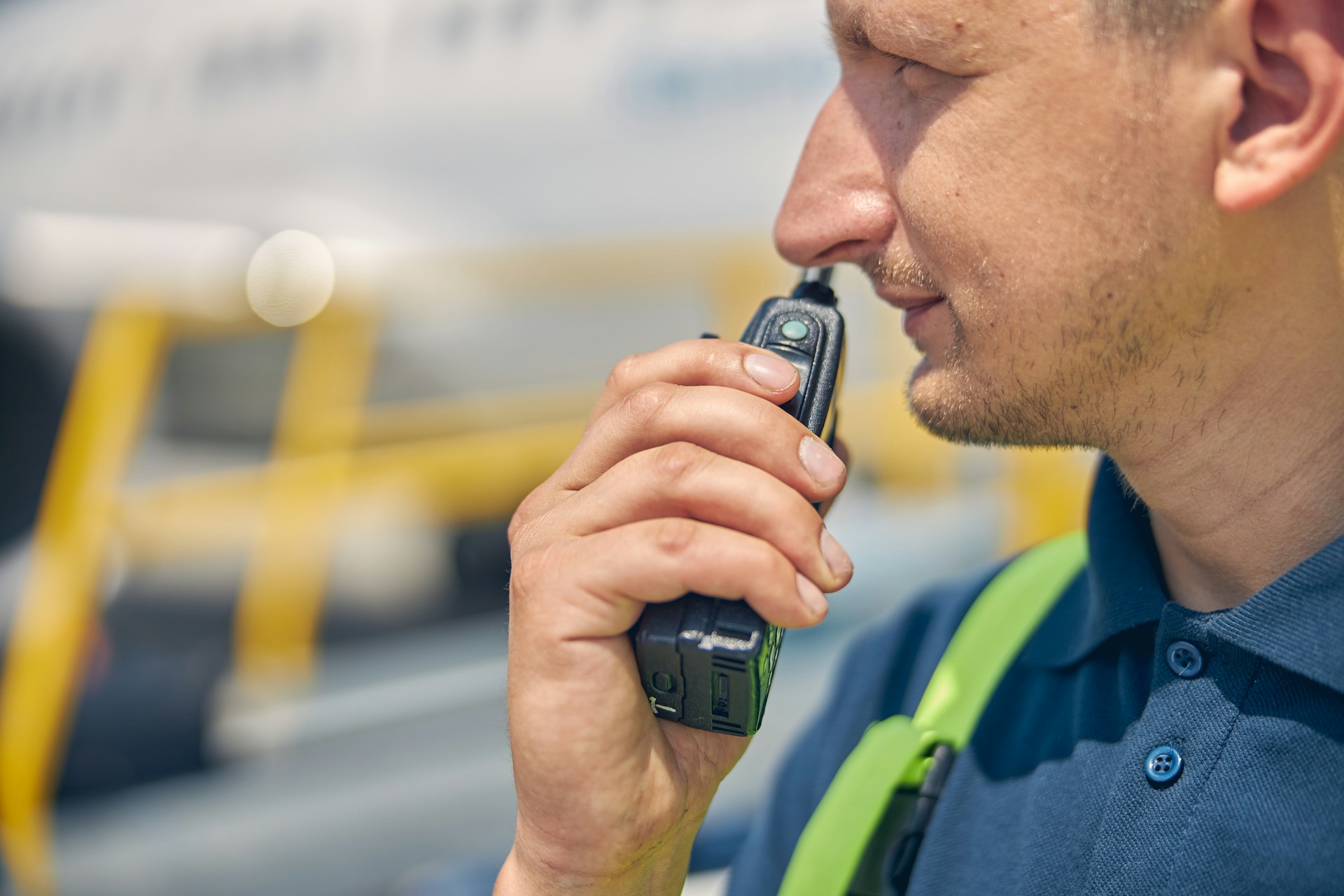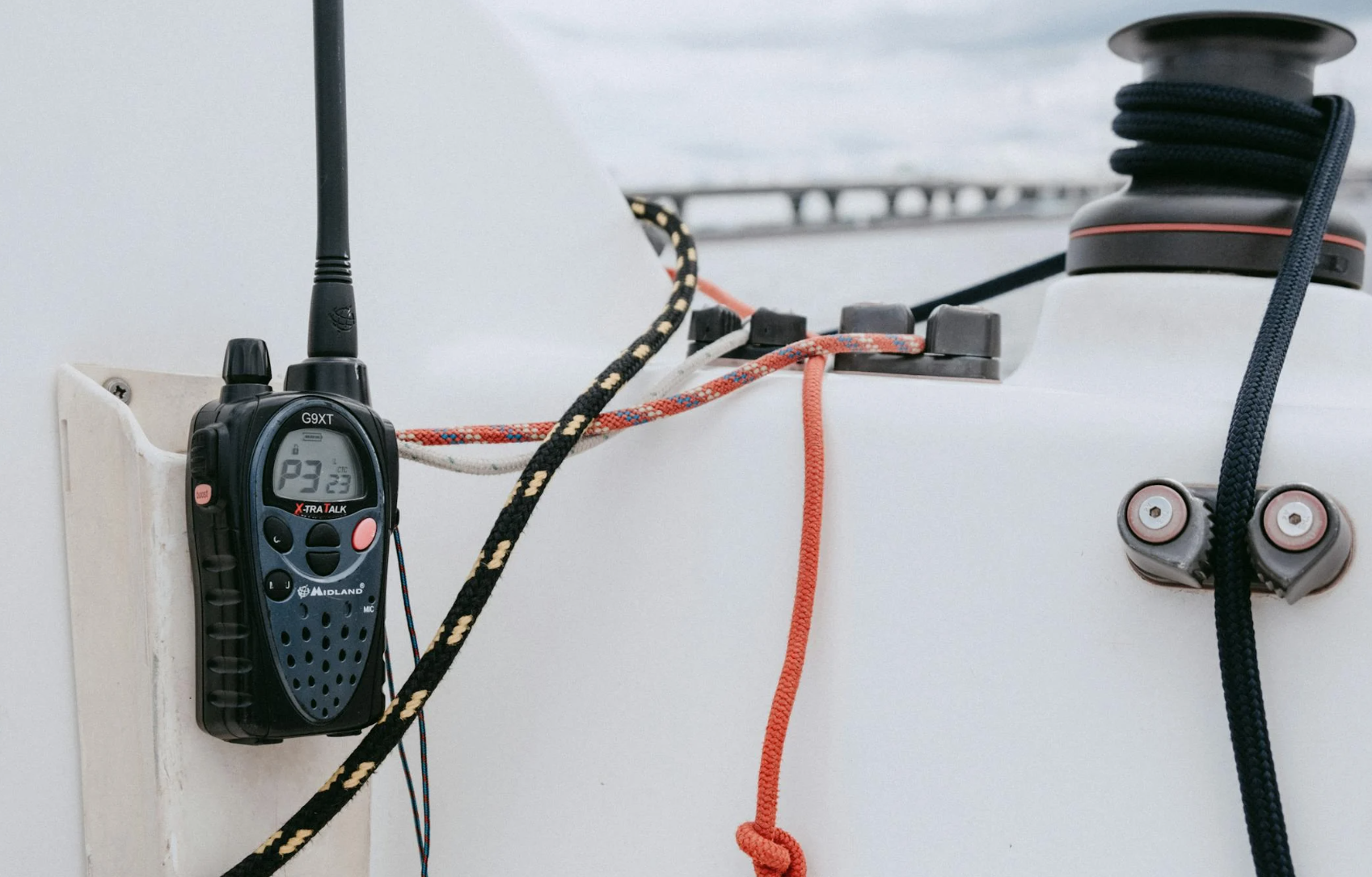Effective communication at sea is crucial for the safety, navigation, and overall enjoyment of your time on the water. VHF (Very High Frequency) marine radios are indispensable tools that help ensure reliable communication with other vessels, marinas, and the U.S. Coast Guard. Whether you need weather information, plan to coordinate with fellow boaters, or face an emergency situation, a VHF marine radio is an essential piece of equipment for any boat owner.
At Charthouse Marine Electronics and Outfitters, we recognize the importance of reliable communication and safety at sea. Our team of experts is committed to providing accurate information and guidance on selecting and installing the ideal VHF marine radio system tailored to your vessel’s needs. So, let’s set sail on this journey of knowledge to enhance your boating experiences with effective communication solutions.
VHF Radio Functionality: The Backbone of Marine Communication
Understanding the basics of VHF radio technology is essential for appreciating its significance in marine communication. VHF frequencies range from 156 to 174 MHz, providing clear transmission and reception over short and medium distances, typically up to 20 nautical miles for fixed-mount radios. Most VHF marine radios offer access to international channels approved for maritime communication, including the following:
1. Distress, Safety, and Calling Channel (16): Used for emergency calls and initial contact with other vessels or shore stations.
2. Weather Channels: Constantly updated weather forecasts and alerts from the National Oceanic and Atmospheric Administration (NOAA).
3. Working Channels: Reserved for routine communications between vessels and marinas.
Types of VHF Marine Radios: Fixed-Mount and Handheld Devices
VHF marine radios primarily fall into two categories: fixed-mount and handheld. Each has its own set of advantages and applications:
1. Fixed-Mount VHF Radios: Installed permanently on your vessel, these radios offer advantages such as greater range, higher transmission power, and larger displays. Modern fixed-mount radios also incorporate essential features such as Digital Selective Calling (DSC) and Automatic Identification System (AIS).
2. Handheld VHF Radios: Portable and battery-powered, handheld radios are perfect backup devices or primary communication tools for smaller boats. Handheld VHF radios offer water-resistance, GPS functionality, and easy-to-use interfaces.
To determine the right type for your vessel, consider factors such as your vessel’s size, navigation areas, power availability, and price range.
Essential Accessories and Antennas for Optimal VHF Radio Performance
To maximize the performance and efficiency of your VHF radio, compatible antennas and accessories are crucial:
1. Marine Antennas: The right antenna can significantly impact your VHF radio range, signal strength, and clarity. Consider factors like antenna length, gain, and construction material when selecting the ideal match for your radio.
2. Power Sources: While fixed-mount VHF radios draw power from your boat’s electrical system, handheld units require rechargeable or replaceable batteries. Ensure you have an adequate power supply and appropriate charging options onboard.
3. Mounting Options and Accessories: Determine your desired mounting location to facilitate ergonomic access and minimal interference with other onboard equipment. Look for mounting kits, brackets, and covers to protect your investment and optimize performance.
Licensing and Regulations: Responsible VHF Radio Usage
As a responsible boat owner, it’s essential to familiarize yourself with the rules and regulations governing marine radio usage:
1. Radio Operator’s License: In the United States, recreational boaters are not required to obtain a license for VHF radio operation. However, international voyagers need a Ship Station License and a Restricted Radiotelephone Operator Permit.
2. Frequency and Channel Rules: Adhere to the designated usage of various marine channels and avoid broadcasting on restricted frequencies reserved for specific purposes, such as distress calls and weather updates.
3. Communication Etiquette: Keep your communication brief and clear, allowing others to utilize the shared frequencies.
Advanced Features and Emerging Technologies in VHF Radios
Innovation in VHF radio technology continues to evolve, introducing advanced features and emerging technologies that enhance communication and safety at sea:
1. Integrated GPS: Some modern VHF radios incorporate GPS receivers, enabling features like automatic position reporting during distress calls and precise location tracking.
2. Digital Selective Calling (DSC): DSC enables automated distress alerts with precise positioning information, facilitating faster response times during emergencies.
3. AIS Integration: Automatic Identification System (AIS) integration allows VHF radios to receive and display real-time vessel traffic information, enhancing situational awareness and collision avoidance.
4. Bluetooth Connectivity: Bluetooth-enabled VHF radios offer seamless integration with smartphones and other devices, allowing for hands-free operation and enhanced functionality.
Understanding these advanced features can help you make informed decisions when selecting a VHF radio system that aligns with your boating requirements and preferences.
Maintenance and Care Tips for Long-Term VHF Radio Reliability
Proper maintenance and care are essential for ensuring the long-term reliability and performance of your VHF radio system:
1. Regular Inspections: Routinely inspect your VHF radio and antennas for signs of damage, corrosion, or wear. Address any issues promptly to prevent further deterioration.
2. Battery Management: If using handheld VHF radios, monitor battery life and recharge or replace batteries as needed. Keep spare batteries on board for extended outings.
3. Antenna Maintenance: Clean and inspect antenna connections regularly to maintain optimal signal strength and minimize interference.
4. Software Updates: Stay updated with manufacturer-recommended software updates to ensure compatibility with emerging technologies and maintain peak performance.
By implementing these maintenance practices, you can prolong the lifespan of your VHF radio system and enjoy reliable communication on the water for years to come.
Conclusion
VHF marine radios are vital tools for communication, navigation, and safety at sea. By understanding their functionalities, types, and essential accessories, you are better equipped to select the perfect VHF radio system tailored to your vessel’s unique needs. Furthermore, familiarizing yourself with licensing and regulations ensures responsible radio usage and contributes to a safer and more enjoyable marine community.
Explore Charthouse Marine Electronics and Outfitters for expert marine electronic installation services. Reach out today to discover the perfect VHF marine radio solution, ensuring heightened safety and communication for your vessel’s voyage.






